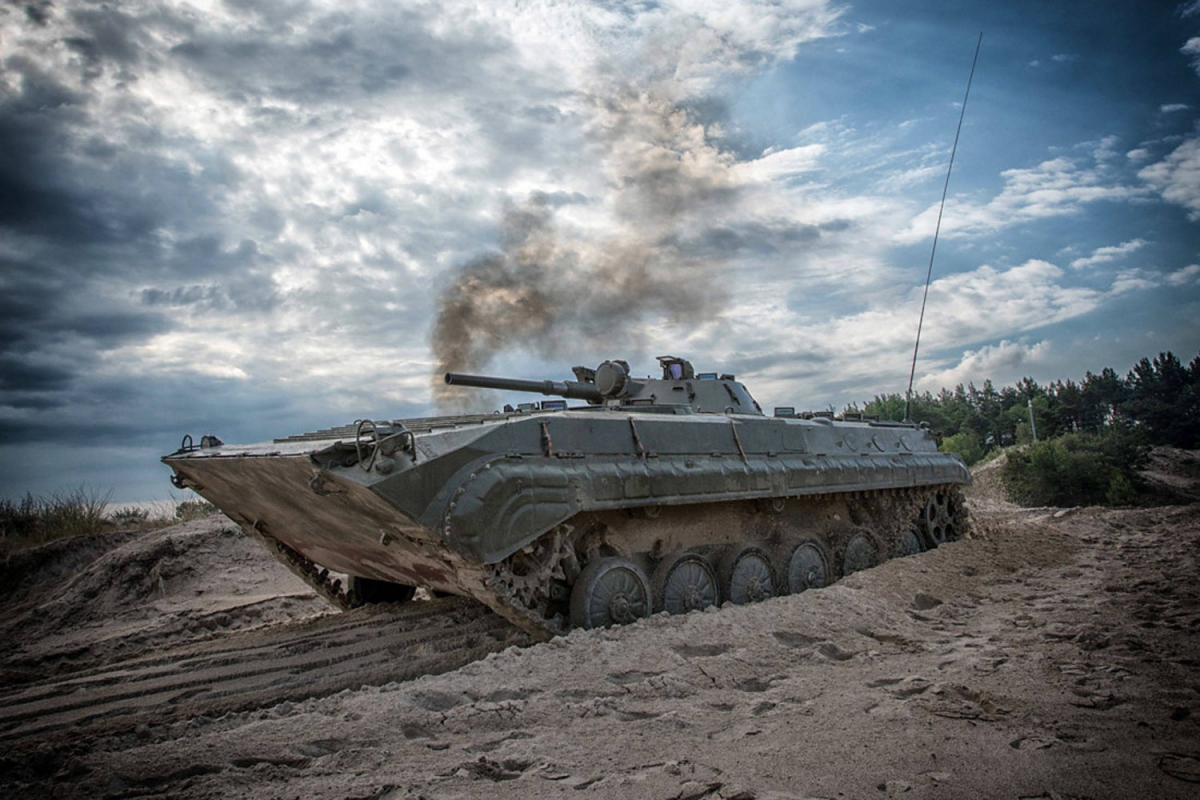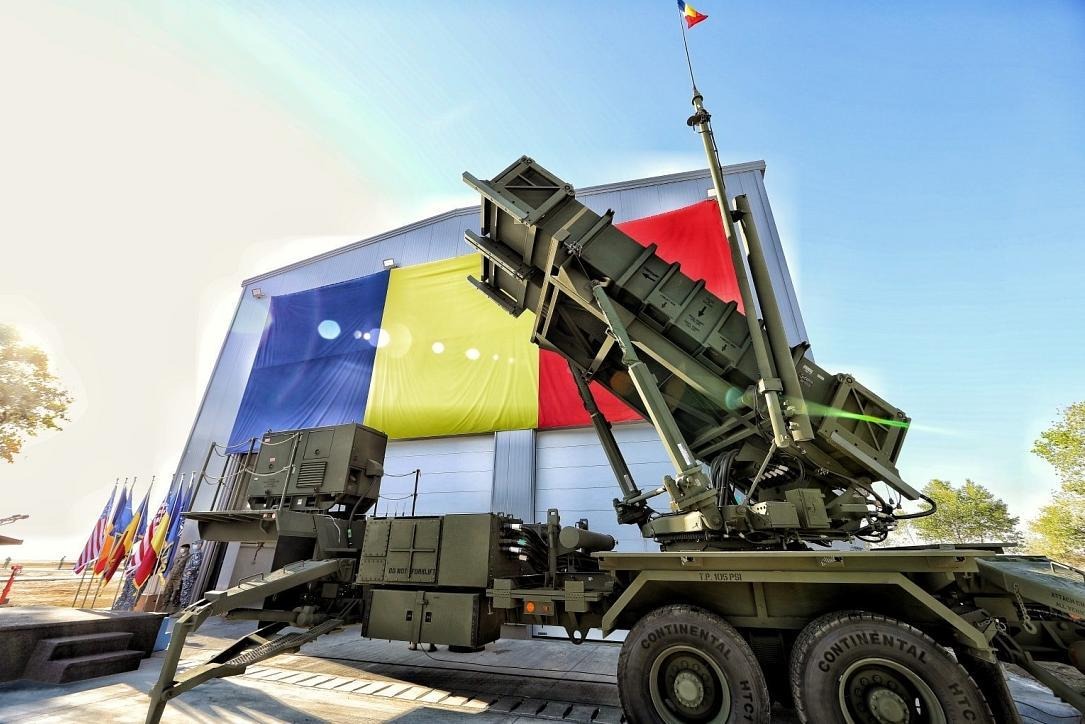
Strategic Assessment: The Paradox of Baltic Security in 2016
Strategic Assessment: The Paradox of Baltic Security in 2016
The following political landscape piece is a part of Eurasia Daily Monitor’s special quarterly series of strategic assessments of developments across Eurasia. These pieces examine recent important developments and trends in the region, particularly since this past summer, and anticipate where those trend lines may lead over the coming months.
The security situation of Estonia, Latvia and Lithuania during the course of 2016 has been more paradoxical than at any time since they recovered their independence in 1991. They are both safer than they have ever been and, at the same time, more at risk. The positives are obvious: the North Atlantic Treaty Organization’s (NATO) decision to put troops on the ground in these countries, by creating a trip wire, gives real content to the Alliance’s Article 5 guarantees; the work of each of the three to prepare for a possible Russian invasion has been impressive; and now the world is asking Russia whether it is prepared to “die for Narva” rather than Russia asking the West the same question.
But in many respects, the North Atlantic Alliance and its Baltic members are preparing for a different war than the one Vladimir Putin has demonstrated he is prepared to conduct against his neighbors. Moreover, voices in some Western countries are calling for the need to reach an accord with Russia, even if that involves recognizing a Russian sphere of influence that would include the Baltic countries within it. Finally, the combination of Moscow’s rapid shifts in the axes of its attacks and the West’s ever shorter attention span provides little confidence that whatever the West is saying today will necessarily guide its actions tomorrow.
In short, NATO knows what to do if Russian tanks cross the borders of the Baltic countries—the kind of overt and indisputable kinetic action that Moscow is highly unlikely to actually undertake. But the Alliance has not yet demonstrated it knows what to do were the Russian side to pursue a more subversive and deniable Crimea- or Donbas-style aggression.
That Estonia, Latvia and Lithuania are far better off as members of NATO and even better off because there are not only overflights but troops on the ground from the Alliance’s Western members is of course beyond question. To challenge them, Vladimir Putin would be crossing a line that any Western leader concerned about the future of the West would have to respond to—and respond militarily. But despite what many Balts imagined a decade or so ago, NATO membership today may not be enough. Putin’s so-called “hybrid” wars—a form of subversion that exploits problems in the countries he wants to attack and occupy—represent a kind of challenge that the Alliance was not designed to and, in some ways, cannot defend against alone.
Putin has sought to play the ethnic-Russian card in northeastern Estonia and in Latvia’s Latgale region, with much less success than he has hoped; but nonetheless he has been more successful than many in Tallinn and Riga are prepared to recognize. The Kremlin leader does not need a majority of ethnic Russians in those places to support him—and all polls suggest that only a tiny minority of them in fact do. He needs only a clutch of people who can be there when he puts out a press release demanding an end to Estonian or Latvian “oppression” and the support of Moscow to make it happen. All too many in the West will fall for that line—consider the case of Ukraine—and such confusion will net him what he wants. Moreover, Putin has shown himself to be brilliant at playing on the social and economic difficulties of groups abroad, even though he has done little or nothing to assist people within his own country or to help those in places like Donbas and Crimea once he occupies them.
Some in the three Baltic capitals and even more in Western ones are now talking about the need for counter-propaganda to prevent Putin from making gains in this way. That such an effort should be launched is beyond question. For far too long, Russian propaganda has had the field to itself and has been creating a false reality not only for the peoples in the Baltic region but more generally. But “counter-propaganda” is not going to be enough. First, Putin succeeded in undermining the very concept of truth to such an extent that all versions of a story are increasingly viewed as equally probable and improbable. Moreover, he has proliferated such a multiplicity of outlets for propaganda that no single pro-Baltic “Russian channel” is going to have the effect that some hope for.
Instead, in order to defend themselves against the Russian threat, the Baltic countries now need to adopt a far broader strategy. And as front line states, they deserve the massive support of the West. The three countries have already taken some of the steps needed, but they are going to have to take many more.
Among the positive things that the Baltic countries have done this year were speaking truth to power—their presidents and diplomats have played a key role in warning the West about the nature of Putin’s regime. They have also been expanding their militaries and training their soldiers and their populations about how to resist in the event of a Russian invasion—including reigniting the legacy of the “forest brothers” partisans. Finally, they have been promoting regional defense and security cooperation with Poland inside the North Atlantic Alliance and with Finland and Sweden beyond it. All of those measures are helping to make Estonia, Latvia and Lithuania safer.
But what needs to be done now, and what the West needs to help with, is something far larger. Many have forgotten that Joseph Stalin was not stopped in the middle of Europe just because of the presence of the United States’ military forces and ultimately the NATO alliance. He was stopped because the Marshall Plan helped make Europe so strong and attractive that the Soviet dictator could not hope to seize it. Estonia, Latvia and Lithuania are already doing much better economically than their eastern neighbor, but they need to become even more economically vibrant lest they continue to lose population and thus set themselves up for reabsorption by the Russian state in the future.
Moreover, the economic achievements of the three need to be extended to all parts of the population, including local ethnic Russians. While these are a declining share of the total, they are in a position—with sufficient Kremlin prodding—to cause no end of trouble. That is where the West comes in. It will be far easier for politicians in Tallinn, Riga and Vilnius to help such groups if everyone understands that this is a matter of national security and that NATO considers it essential. And the West will be far more likely to continue to focus on the Baltic countries and their defense if it has this kind of stake in them, something that the US experience in Western Europe two generations ago shows.
But there is an even more important consequence of such involvement: Already, educated Russians are fleeing Putin’s regime for the Baltic countries. Such flight would only grow with Western encouragement, and the arrival of that kind of Russian in the three Baltic countries is part and parcel of their defense. Indeed, only by considering the defense of the Baltic countries in this broader way and not narrowly in a military sense can the paradox of Baltic security in 2016 be resolved in their favor—instead of in the interests of further Russian aggression.


